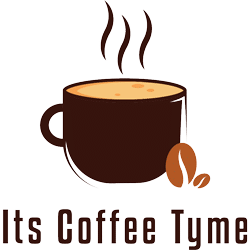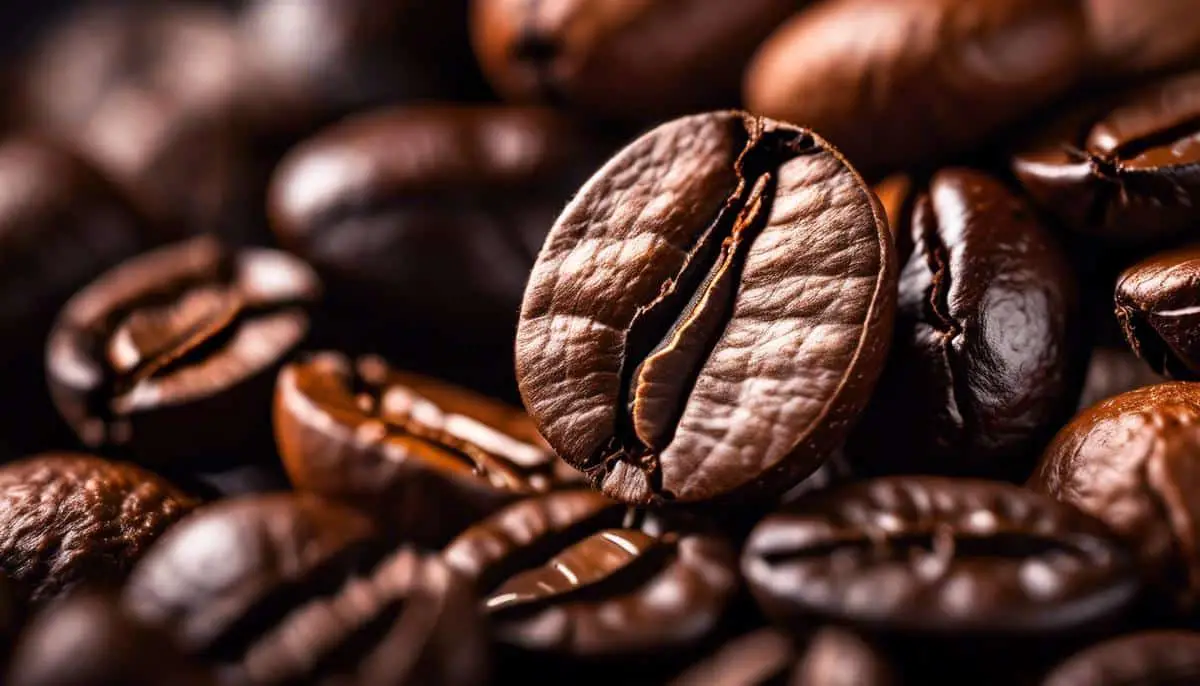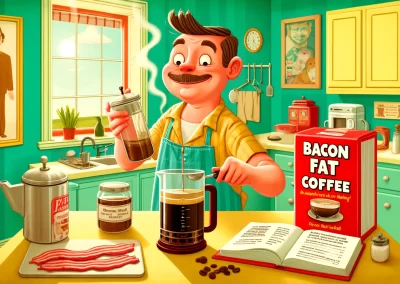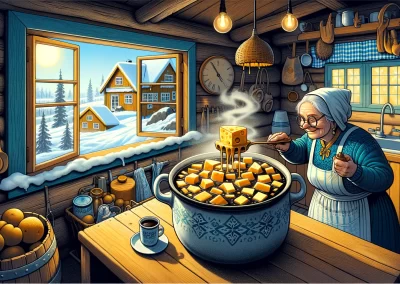Master Popular Coffee Recipes Easily. For many, coffee is more than a morning ritual or an afternoon pick-me-up – it’s a lifeline. However, the world of coffee extends far beyond your typical gas station brew or the regular cup of Joe. It’s a realm filled with different flavors, coffee beans, brewing techniques, and subtle nuances that can either make your mouth sing or your face scrunch. We are going to delve into this fascinating world, starting with an exploration of different coffee beans, how their unique flavor profiles contribute to a bundle of coffee recipes, followed by the various brewing methods, and, finally, the perfect coffee-to-water ratio for each recipe.
Understanding Different Coffee Beans
Delve into the fascinating intricacies of gourmet coffee with its limitless array of flavors and aromatic subtleties. Believe it or not, the taste of your morning cup of joe significantly depends on one critical factor: the coffee beans. The selection of beans plays a gigantic role in determining the characteristics and overall flavor of your beverage. Let’s break this down, shall we?
The Bean Variety
To begin with, there are two main types of coffee beans – Arabica and Robusta. Each has its own unique flavor profile.
- Arabica beans have a delicate sweetness and gentle acidity. They produce a smooth cup of coffee, great for mild espresso and filter coffee. Found in many high-altitude areas like Colombia, Ethiopia, and Costa Rica, Arabica beans account for around 70% of the world’s coffee, making them the most popular choice.
- Robusta beans pack a more intense, bitter flavor. This variety has twice the amount of caffeine compared to Arabica, resulting in a stronger, richer drink. If you prefer an espresso with a punch, Robusta could be your go-to.
The Place of Origin
Similar to wine, coffee beans are influenced by the “terroir” – the various interactions of soil, topography, and climate where the beans are grown. Beans from Asia have earthier, spicy flavors, African beans trend towards fruitier, wine-like notes, while Central and South American beans often showcase a balance of nutty and chocolatey flavors. So, the same bean varietal can vary in taste dramatically, depending on where it was cultivated.
The Roasting Process
The roasting process imparts a substantial amount of the coffee’s final flavor. Light roasts preserve the bean’s natural flavors, accentuating vibrant and nuanced acidity. Medium roasts balance acidity and body, offering a well-rounded cup. Dark roasts amplify the body and roast character of the coffee, wielding bold, robust flavors with smoky overtones.
The Processing Method
Whether beans are washed, naturally processed, or honey processed also affects flavor and body. Washed coffees, where the bean’s fruit pulp is removed before drying, typically have cleaner and brighter flavors. Naturally processed coffees, dried with the fruit pulp left on, often yield bold and fruity flavors. The honey process, a hybrid of the two, results in a sweet, full-bodied coffee with a hint of fruitiness.
Clearly, there’s a world of flavor complexity cradled within each bean, and when thoughtfully brewed, the result can be an ethereal experience. It’s not just about a quick caffeine fix – the meticulous choice of coffee beans can elevate your beverage into something truly magical. So, next time you brew your morning pick-me-up, remember, the journey your coffee has been on greatly impacts the final flavors you enjoy – it’s a true globe-trotting gastronomical adventure right there in a single cup. Happy sampling!
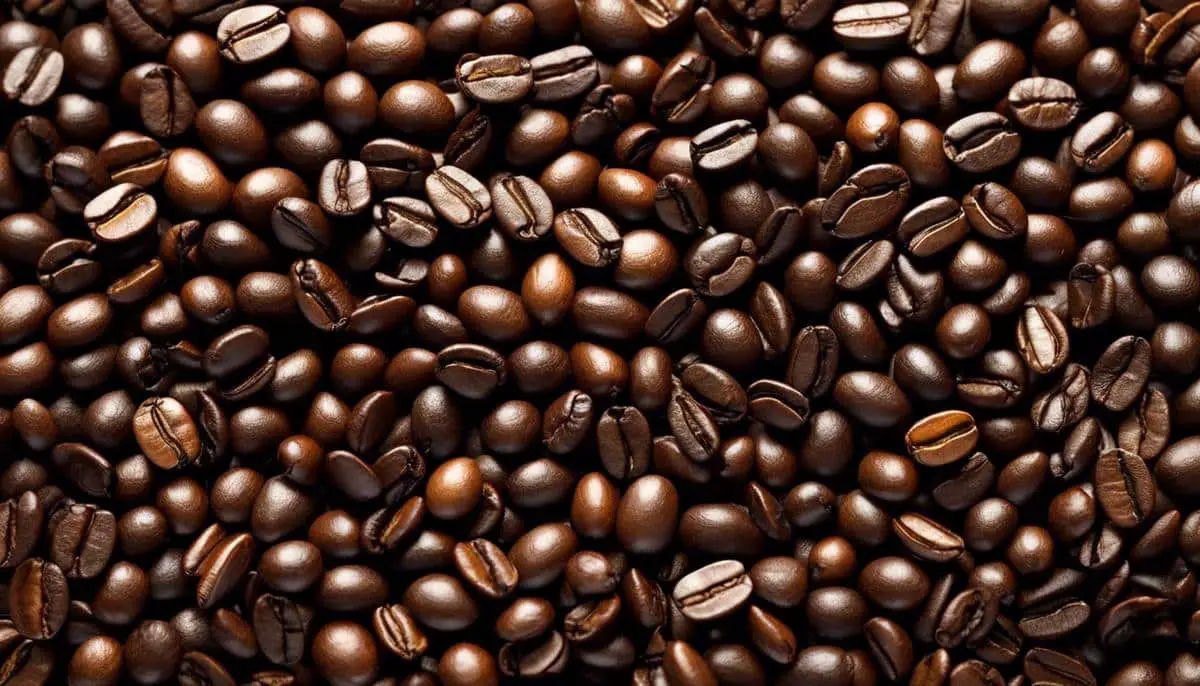
Brewing Techniques
The Art and Science of Coffee Brewing: Decoding the Taste Mystery
As any coffee connoisseur knows, there’s more to crafting a sublime cup of coffee than mere bean selection. The magic begins with the beans – be they Arabica or Robusta – but ultimately, it’s the brewing method that unravels the symphony of flavors and aromas hiding within.
One cannot stress enough the role of the brewing process in the character and quality of the final cup of coffee. After all, brewing is the moment of truth where the diligent selection of beans, their place of origin, the elaborate processing, and the diligent roasting truly shine. The act of brewing, in essence, breathes life into coffee beans.
Each brewing technique plays out a unique conversation between water and coffee, revealing a different set of flavors and nuances each time. Think of it as akin to the waltz of a musician, interpreting the same notes differently each time, resulting in a creation as much about the process as about the end product.
Consider the popular French press method, for one. Its steeping process enables a richer extraction of the coffee’s oils, resulting in a bold, full-bodied beverage with deep, complex flavors. Brewing with a French press emphasizes the richness and texture, making it ideal for darker roasts and earthy flavors.
Contrast this with the dripping mechanism of a pour-over. By virtue of its delicate, slow extraction process, a pour-over unveils subtle nuances in coffee, producing a clean, bright, and aromatic cup that foregrounds flavor over texture. Light and medium roasts become a virtual playground for a pour-over, rendering exquisite clarity of flavors.
For the lovers of potent coffee, nothing beats the intensity yielded by the espresso method. Under high pressure, hot water is forced through finely ground coffee, leading to a concentrated, intense espresso shot where each flavor and aroma is packed in a potent punch.
Aeropress, a recent player in the brewing game, uses a rapid, total immersion brewing process to yield a smooth, rich flavor in record time. Due to the swift extraction, the Aeropress method successfully evokes milder flavors and hits a middle ground between the boldness of the French press and the clarity of pour-over.
And then, there’s the cold brew technique. By steeping coarsely ground coffee in cold water for hours, it extracts flavors unhurriedly, finally culminating in a smooth, sweet, and almost tea-like beverage. Perfect for those sweltering summer days!
It’s a joyous journey to discover how each brewing method amplifies or mutes certain flavors of coffee. In this chemistry of water and coffee, the temperature, brew time, grind size and of course, the brewing method, all hold court. They work together, crafting a unique fingerprint of flavors for each cup.
In the grand scheme of coffee making, brewing acts as a capstone. It interweaves the painstaking efforts of farmers, processors, and roasters, finally producing a cup of coffee that resonates with their passion and craftsmanship.
In the end, keep in mind that the perfect cup of coffee is a subjective matter. It’s exciting to explore and experiment because that’s what coffee is all about – a delicious quest for finding that personal, perfect brew. One that fills the heart with warmth and the mind with joy. Just as sharing a meal nurtures relationships, brewing reflects a gentle, heartfelt camaraderie, serving as a testament to the shared human endeavor to create and appreciate beauty in simplicity. When done right, every cup of coffee brewed can stand as a testimony to the art and science of the coffee universe!
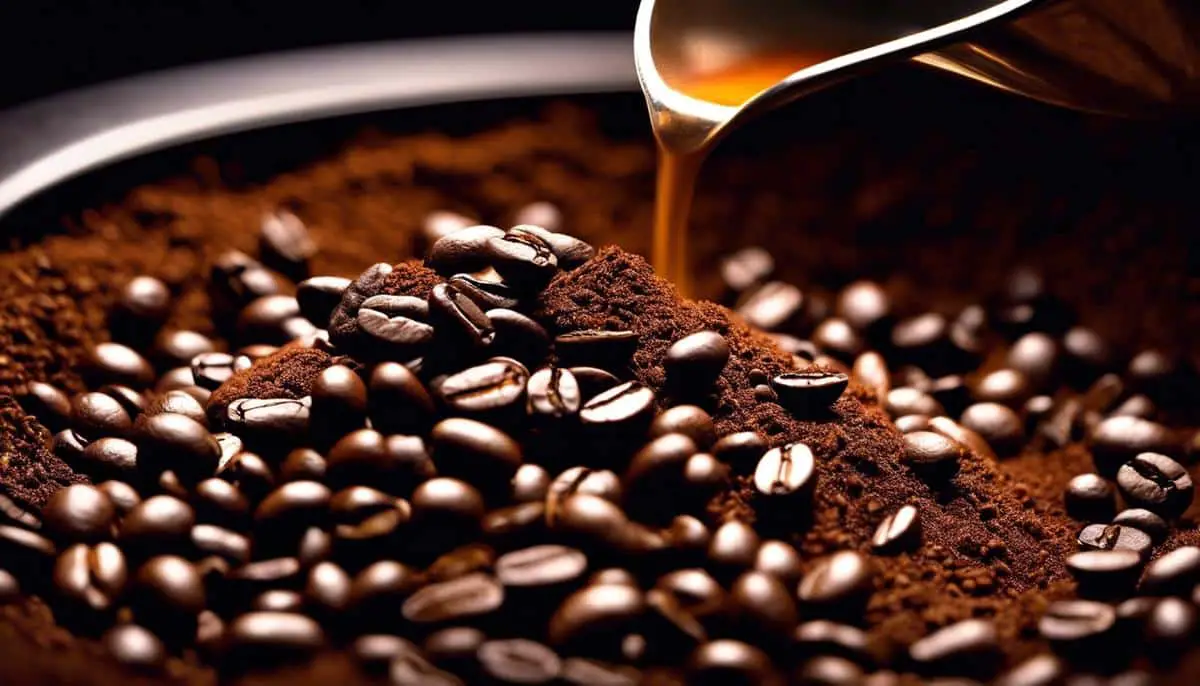
Coffee to Water Ratio
Moving beyond bean types, origins, roasting, and brewing – all integral components of conjuring a cup of splendid coffee, today, let’s dive into the delicate dance of ratios. Particularly, the coffee-to-water ratio, famously known among aficionados as “the golden ratio”.
Balancing coffee and water is an art as much as it is a science; perfectly popular in the kitchens of modern homes and the bar counters of fancy bistros. This ratio is pivotal to ensure that you extract just enough flavor, not too little or too much, from the ground coffee. Yes, fellow culinary adventurers, the coffee-to-water ratio decides whether the final brew will dance delightfully on the tongue or taste as dull as dishwater.
For every standard cup of coffee (about 6 ounces), the Specialty Coffee Association recommends 0.36 ounces (approximately 10 grams) of ground coffee. When you do the math, which some lovingly call ‘kitchen arithmetic’, one finds this to come to a 1:17 coffee-to-water ratio. This is a terrific starting point for beginners or those who prefer a moderate strength brew.
Meanwhile, skilled home baristas craving a more robust cup might push the boundaries with a 1:15 or 1:13 ratio. This creates a potent, full-bodied brew, intense and complex, like a well-aged wine, not for the faint-hearted. Conversely, a gentle brew that resembles a zephyr on your palate? Then a 1:20 ratio should do the trick, extracting less from the beans and allowing a gentler flavor to shine through.
Where the magic truly happens is with the different brewing methods. Different infusions call for their unique ratios. Espresso, famed for its concentrated, bold flavor profile, requires a 1:2 coffee-to-water ratio, creating a thrillingly intense burst of flavor.
For French press aficionados, look to a ratio of 1:15 – one-part coffee to 15 parts water. This results in a rich, bold brew to delight those who believe that coffee should be savored like a luxurious dessert.
Pour-over fanatics, a 1:16 ratio leads you closer to the pleasures of a balanced cup, where subtle nuances emerge like intricate notes in a symphony.
Those obsessed with the smooth magic of the Aeropress can opt for a flexible ratio of 1:14 to 1:16, depending on preferred strength. Cold brew enthusiasts, your patience can be rewarded by a 1:5 ratio, producing a brew that is velvety, sweet, and complex.
Indeed, this is not a one-size-fits-all scenario. The golden ratio is barely a guideline, a mere starting point in a culinary journey. Personal tastes differ, as do the nature of beans and brewing methods. Even water quality can paint variations in this coffee canvas! The joy is in experimentation, in finding your personally perfect brew through a journey littered with invigorating sips and potential spills.
Thus, celebrate the beauty of coffee – the art of patience and precision, passion, and practice. Whether a newbie or a seasoned coffee connoisseur, may your kitchen be blessed with the aroma of the perfect brew. In every cup, there’s a small part of the world shared, an age-old tradition enjoyed, a reason to pause for a moment in our busy lives, and truly appreciate the daily ritual of brewing coffee.
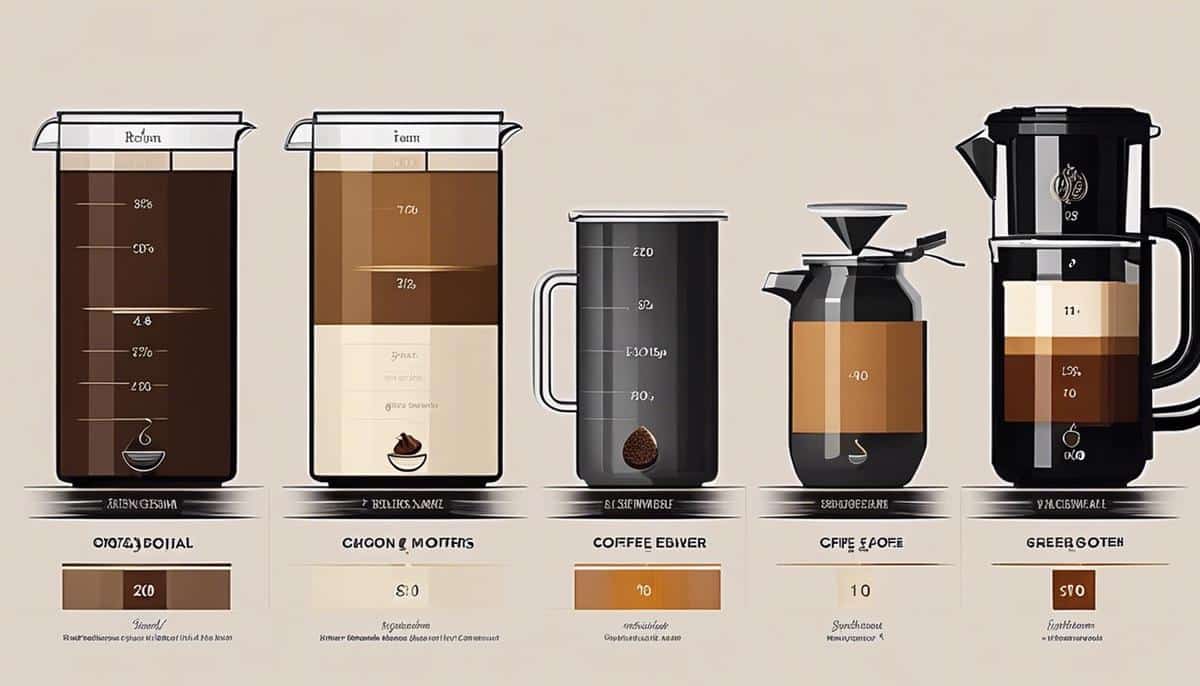
Mastering the world of coffee is not a task for the faint-hearted, but rest assured, the aromatic journey is worth every sip. From understanding the nuances of different coffee beans to perfecting the brewing techniques and nailing the right coffee-to-water ratio – it’s all part of crafting the perfect cup. Remember, it’s not just about getting the caffeine into your system. It’s about relishing the entire experience of brewing and sipping the coffee, indulging in the flavors, aroma, and culture. So, go ahead, embolden your taste buds and brew a cup that’s uniquely yours.
